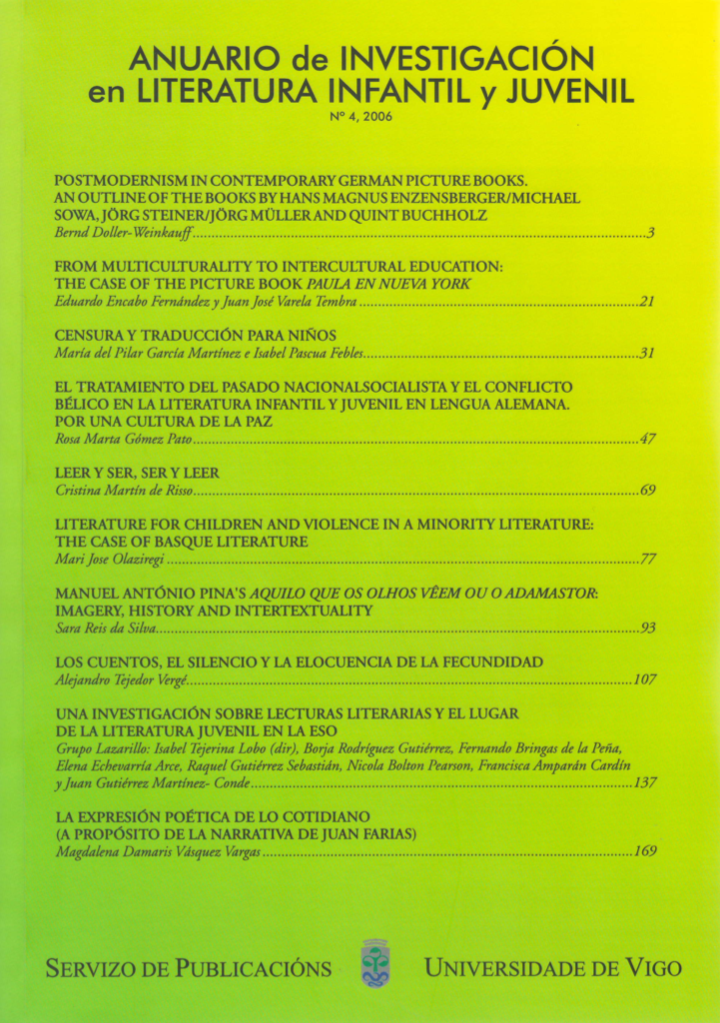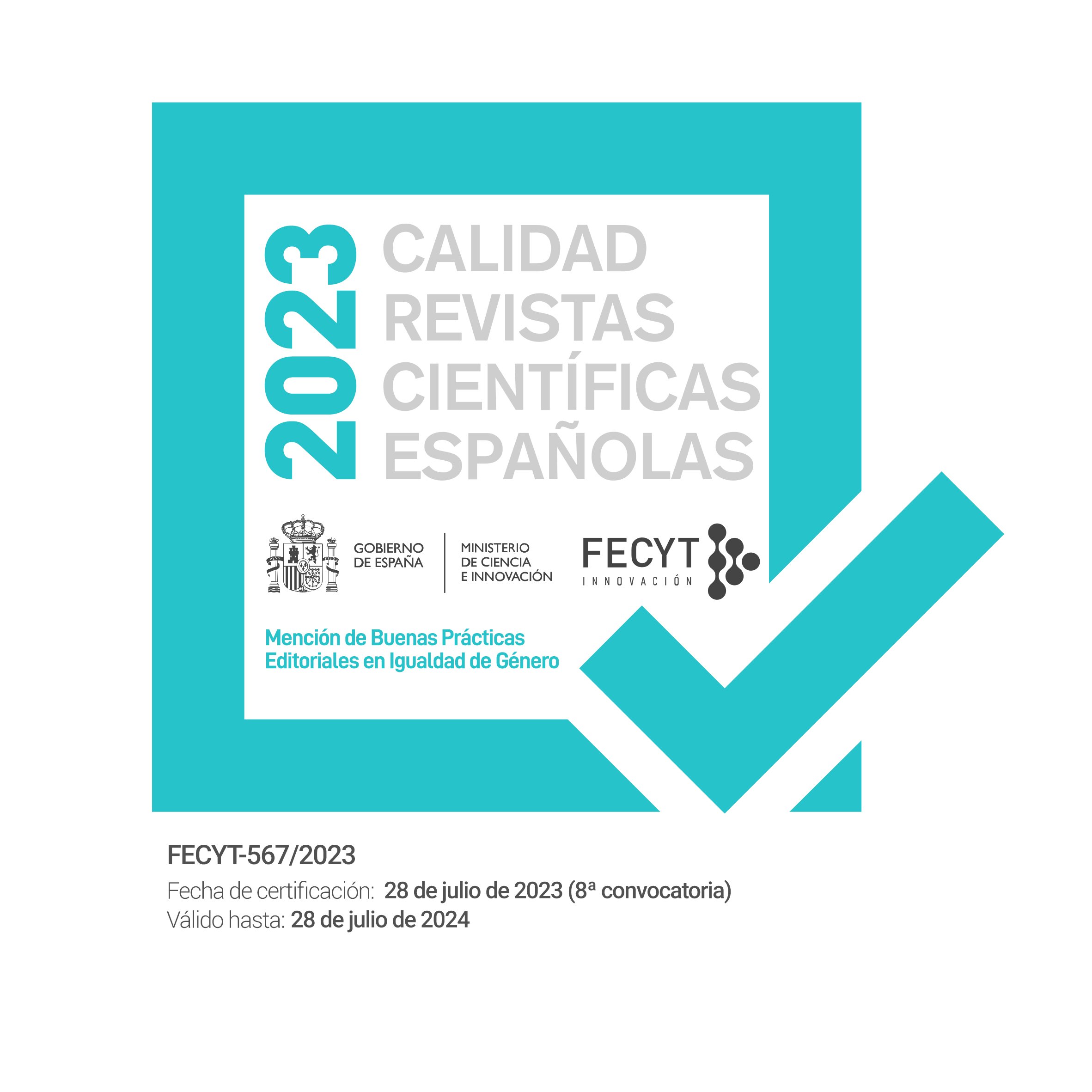Manuel António Pina's Aquilo que os olhos vêem ou o adamastor: Imagery, history and intertextuality
Keywords:
Manuel António Pina, history, intertextualityAbstract
This article will reflect upon history and the imaginary, and their place in children and young adults” literature, taking as its starting point Manuel António Pina's play Aquilo que os Olhos Véem ou o Adamastor. Focusing particularly on the giant Adamastor, this intertextual reading will interpret the recreation of this imaginary character in different texts, particularly those whose main audience is that of children and young adults, outlining both the similar and dissimilar characteristics that are to be found there, and underlining the semantic innovation of Aquilo que os Olhos Véem ou o Adamastor. In this analysis, the role of the ur-texts that originated Pina's own text — from oral tradition, represented by the popular novel Nau Catrineta, and from so-called high literature, such as Camóes's Os Lustadas and Fernando Pessoa's Mensagem — will come under scrutiny, and so will that of other children's texts such as Bartolomeu Marinheiro by Afonso Lopes Vieira, A Nau Mentireta by Luísa Ducla Soares, As Naus de Verde Pinho by Manuel Alegre and Cagadores de Sonhos by Miguel Miranda.
Downloads
Downloads
Published
Issue
Section
License
Anuario de Investigación en Literatura Infantil y Juvenil has been published in open access from 2019 (vol. 17). The journal allows the authors to retain publishing rights. Authors may reprint their articles in other media without having to request authorization, provided they indicate that the article was originally published in Anuario de Investigación en Literatura Infantil y Juvenil. The journal holds the copyright of printed issues (volumes 0-16).





